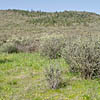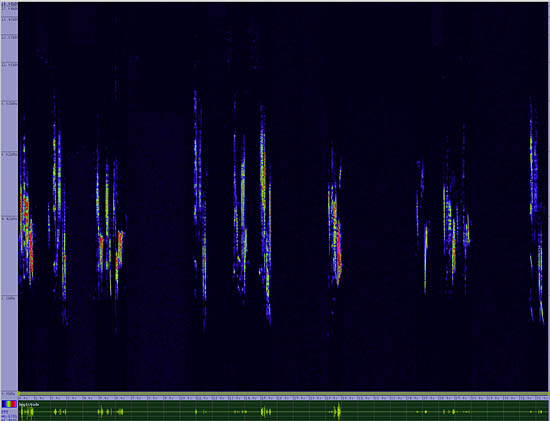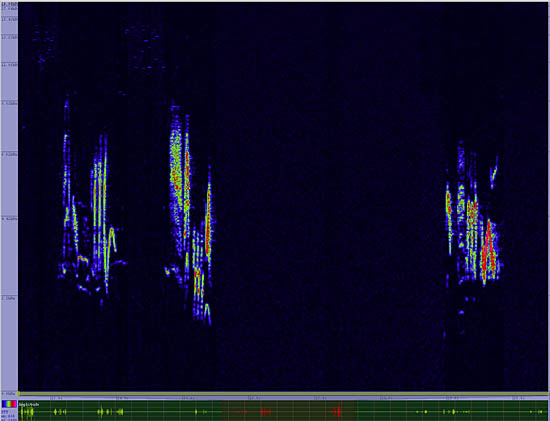Black-capped Vireo
Vireo atricapillus

Perching

Length: 5 in. (11 cm )
This endangered species is threatened by habitat destruction, and in some parts of its shrinking range more than 90% of the nests are parasitized by cowbirds. It is restricted to open oak-juniper habitat where it feeds almost exclusively on insects and spiders gleaned from leaves and branches in dense low vegetation. The deep, cup-like nest is hung by its rim in the fork of a small branch in a short tree, and it is constructed of grass, leaves and spider silk.
The four-digit banding code is BCVI.
Bibliographic details:
- Article: Black-capped Vireo
- Author(s): Dr. Biology
- Publisher: Arizona State University School of Life Sciences Ask A Biologist
- Site name: ASU - Ask A Biologist
- Date published:
- Date accessed:
- Link: https://askabiologist.asu.edu/activities/bird/black-capped-vireo
APA Style
Dr. Biology. (). Black-capped Vireo. ASU - Ask A Biologist. Retrieved from https://askabiologist.asu.edu/activities/bird/black-capped-vireo
Chicago Manual of Style
Dr. Biology. "Black-capped Vireo". ASU - Ask A Biologist. . https://askabiologist.asu.edu/activities/bird/black-capped-vireo
Dr. Biology. "Black-capped Vireo". ASU - Ask A Biologist. . ASU - Ask A Biologist, Web. https://askabiologist.asu.edu/activities/bird/black-capped-vireo
MLA 2017 Style
Be Part of
Ask A Biologist
By volunteering, or simply sending us feedback on the site. Scientists, teachers, writers, illustrators, and translators are all important to the program. If you are interested in helping with the website we have a Volunteers page to get the process started.







